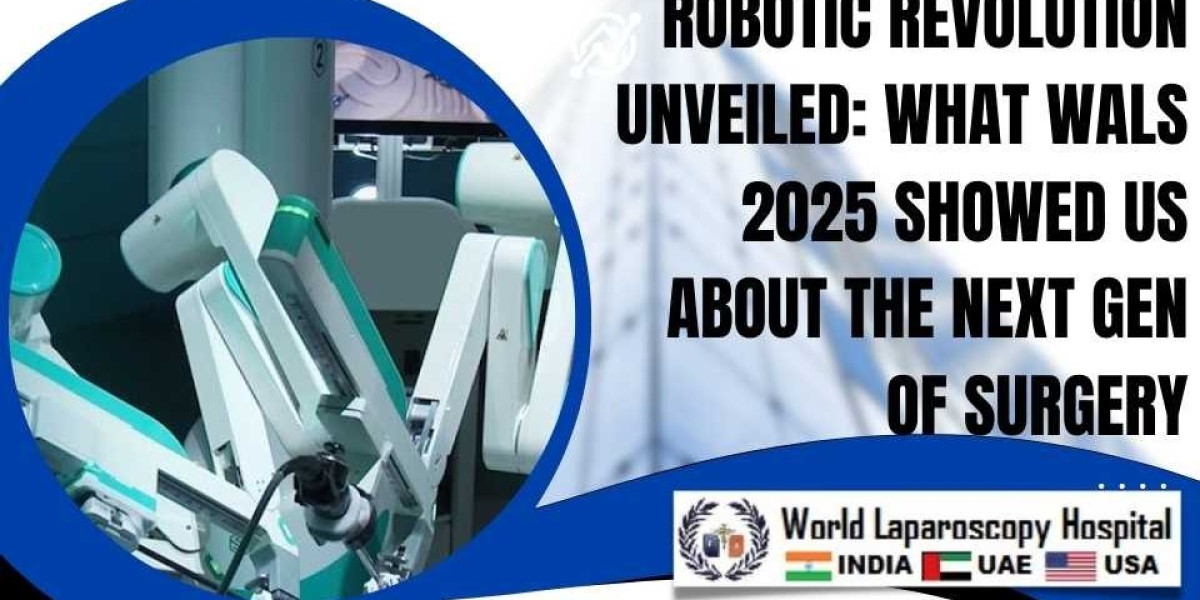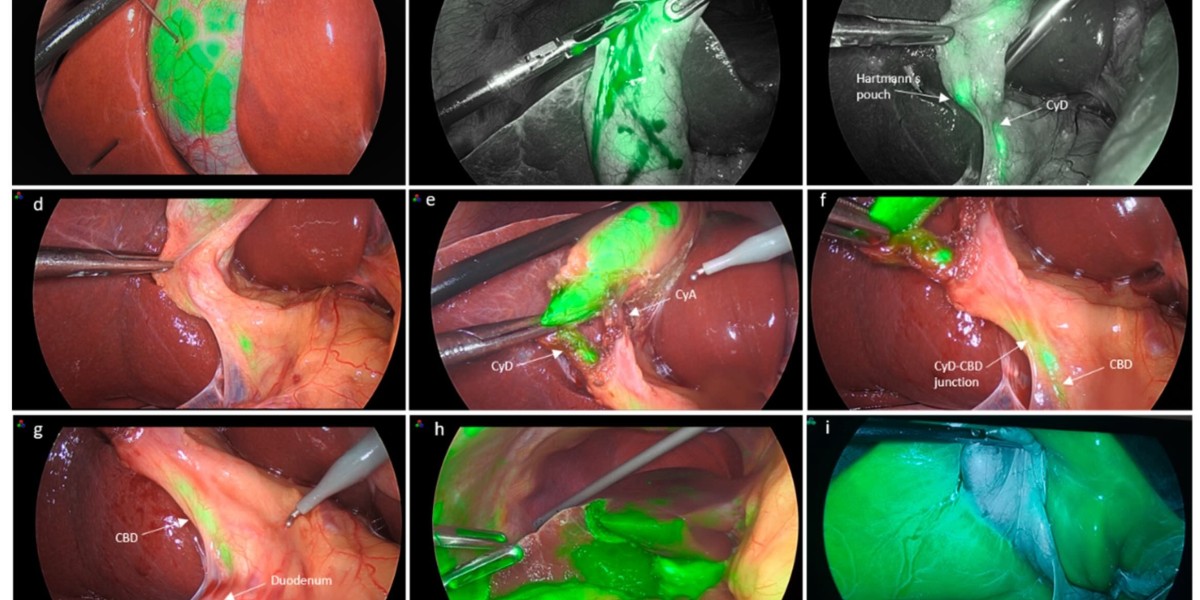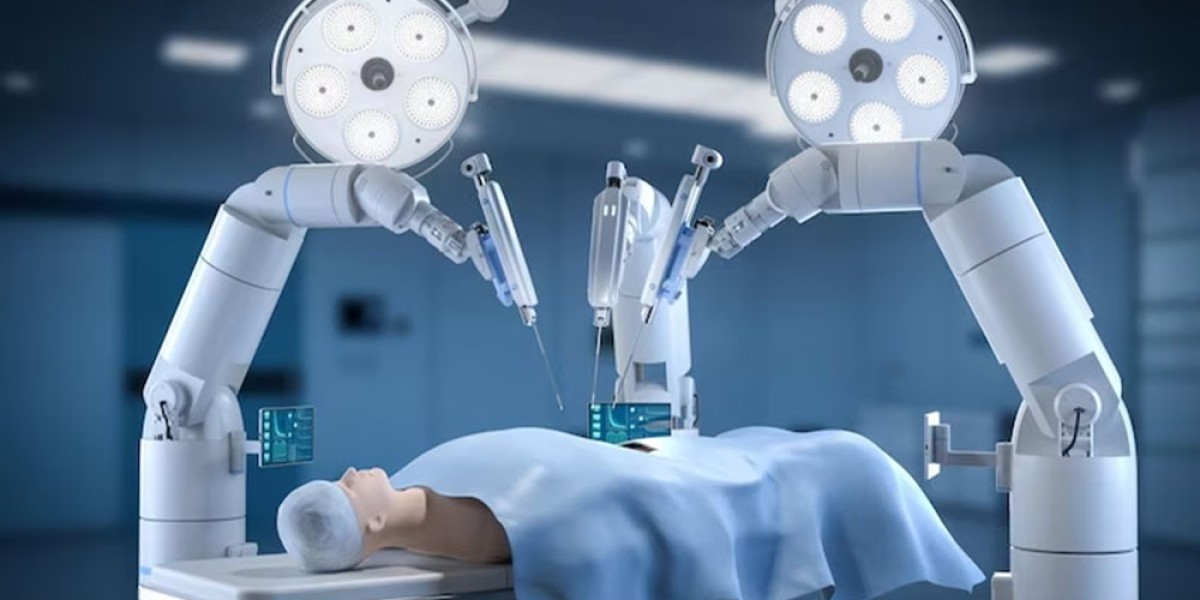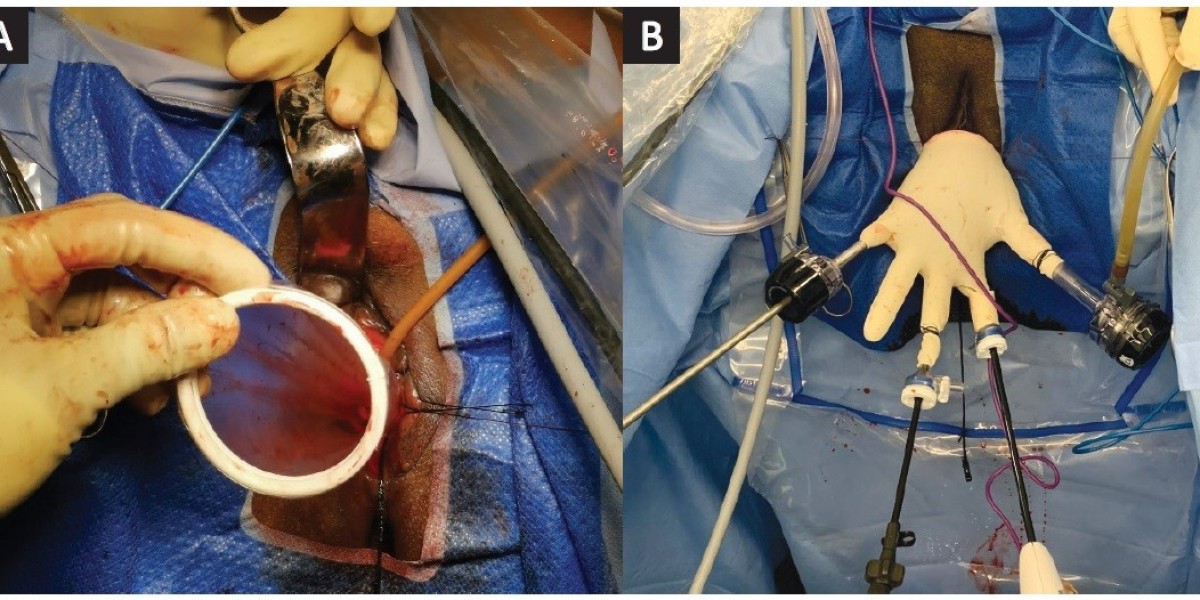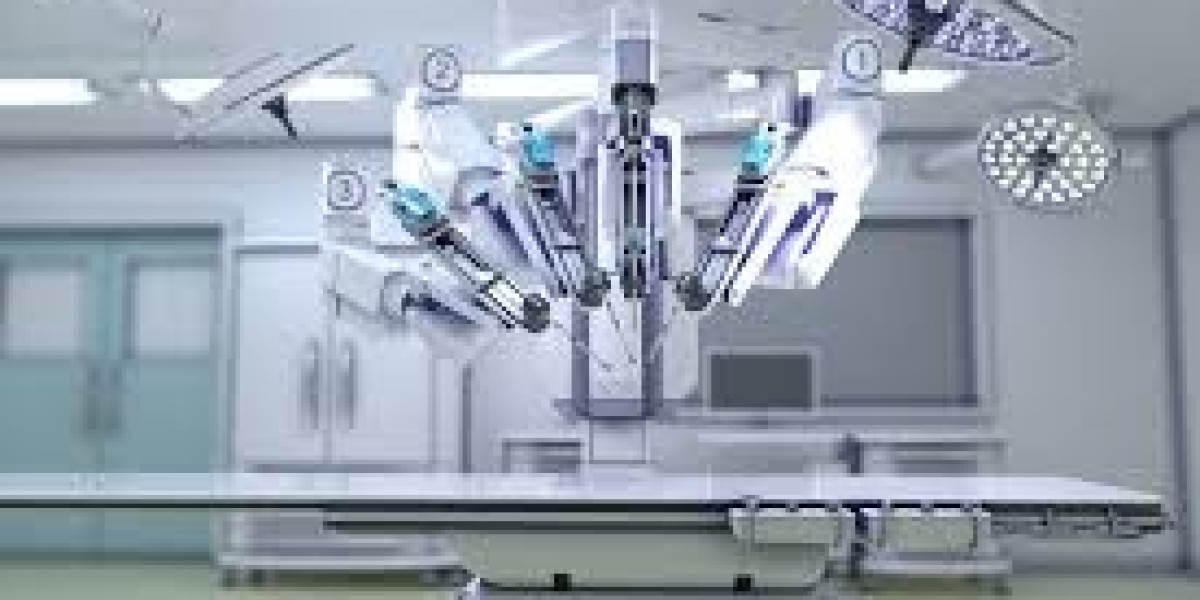Single-Port Robotic Surgery: A Game Changer in Minimal Access Surgery
In the ever-evolving landscape of medical technology, single-port robotic surgery has emerged as a revolutionary advancement, redefining the boundaries of minimal access surgery. This innovative approach combines the precision of robotic systems with the benefits of reduced invasiveness, offering a leap forward in patient care. As surgeons and healthcare institutions worldwide adopt this cutting-edge technique, it’s becoming clear that single-port robotic surgery is not just an incremental improvement—it’s a game changer.
What is Single-Port Robotic Surgery?
Traditional Minimally Invasive Surgery, such as laparoscopy, relies on multiple small incisions to insert instruments and a camera into the body. In contrast, single-port robotic surgery consolidates this process into a single entry point, typically through a small incision (often less than an inch) at a strategic location like the navel. A sophisticated robotic system, equipped with articulated instruments and a high-definition camera, is then deployed through this single port to perform complex procedures with unparalleled precision.
The most notable example of this technology is the da Vinci Single Port (SP) system, developed by Intuitive Surgical. Approved by the FDA for certain urologic and head-and-neck surgeries, this platform exemplifies how robotics can enhance the surgeon’s capabilities while minimizing trauma to the patient’s body.
The Evolution of Minimal Access Surgery
To appreciate the significance of single-port robotic surgery, it’s worth tracing the evolution of minimal access techniques. Laparoscopy, introduced in the late 20th century, marked a seismic shift from open surgery, reducing recovery times, scarring, and complications. Robotic-assisted surgery, pioneered in the early 2000s with systems like the da Vinci, further refined this approach by adding 3D visualization, tremor filtration, and enhanced dexterity.
However, even multi-port robotic surgery required several incisions, each carrying risks of infection, pain, and cosmetic impact. Single-port robotic surgery builds on these foundations, pushing the envelope by achieving the same (or better) outcomes through a single access point. This convergence of robotics and single-incision techniques represents the next frontier in surgical innovation.
Key Advantages of Single-Port Robotic Surgery
1. Minimized Trauma and Scarring: By reducing the number of incisions to just one, single-port surgery significantly lowers the physical trauma inflicted on the body. The single entry point, often hidden in natural folds like the umbilicus, also results in virtually invisible scarring—a major cosmetic advantage for patients.
2. Enhanced Precision: The robotic instruments used in single-port systems are designed with flexible, wrist-like articulation, allowing surgeons to navigate tight spaces and perform intricate maneuvers that would be challenging with traditional laparoscopic tools. Coupled with magnified 3D imaging, this precision translates to better outcomes, especially in delicate procedures like prostatectomies or colorectal surgeries.
3. Faster Recovery: Fewer incisions mean less postoperative pain, reduced blood loss, and a lower risk of complications such as infections or hernias. Patients often experience shorter hospital stays and quicker returns to normal activity, aligning with the growing demand for efficient, patient-centered care.
4. Expanded Applications: While initially developed for specific procedures, the versatility of single-port systems is expanding. Surgeons are exploring its use in gynecologic, thoracic, and general surgeries, demonstrating its potential to transform a wide range of specialties.
Challenges and Limitations
Despite its promise, single-port robotic surgery is not without hurdles. The technology requires significant investment in equipment and training, which may limit its accessibility in resource-constrained settings. The single-port approach can also pose technical challenges, such as instrument crowding (the so-called “chopstick effect”), where tools compete for space within the confined entry point. However, ongoing advancements in robotic design are steadily addressing these issues, with newer systems offering improved ergonomics and functionality.
Additionally, long-term data on outcomes is still emerging. While early studies show comparable or superior results to multi-port techniques in terms of safety and efficacy, broader adoption will depend on robust evidence demonstrating its benefits across diverse patient populations.
A Glimpse into the Future
The rise of single-port robotic surgery signals a broader trend in medicine: the pursuit of precision with minimal disruption. As artificial intelligence, machine learning, and robotics continue to converge, we can expect even greater refinements—perhaps fully autonomous procedures or personalized surgical plans tailored to individual anatomies. For now, single-port systems are paving the way, offering a compelling blend of innovation and practicality.
For patients, this means less pain, faster healing, and better aesthetic outcomes. For surgeons, it’s an opportunity to push the limits of their craft with tools that amplify their skill. And for healthcare systems, it’s a chance to deliver high-quality care more efficiently.
Conclusion
Single-port robotic surgery is more than a technological novelty—it’s a transformative force in minimal access surgery. By marrying the finesse of robotics with the elegance of a single incision, it’s setting a new standard for what’s possible in the operating room. As adoption grows and the technology matures, this game-changing approach promises to reshape surgical practice for years to come, proving that sometimes, less really is more.
